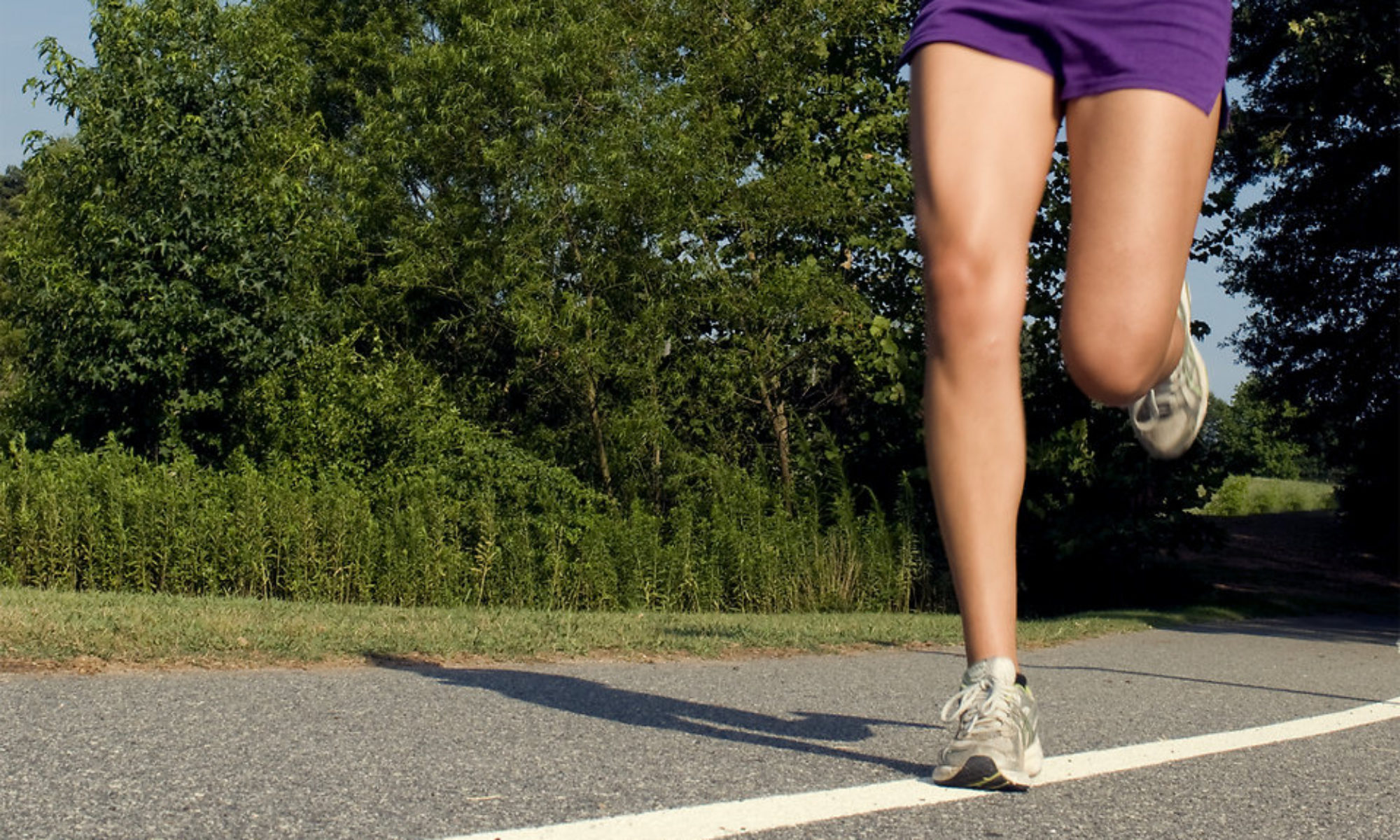Massage and Chiropractic Care
If you have aches and pains or an injury, you have a lot of options. The marketplace for treatment of injuries and insult to the human frame is large. If you think of this marketplace like a real supermarket you might look at the aisles and see shelves stocked with medication, patches, doctors visits, massage therapy, homeopathic remedies, acupuncture, chiropractic treatment, physical therapy, vitamins and supplements, yoga, and the list goes on.
But let us take two items off of the shelf and unpack them a bit. Narrowing the choice down between massage and chiropractic care for your problem, which do you choose?

Similarities
Massage and chiropractic care are both interventions where the practitioner uses their hands to affect positive changes to irritated or injured tissue. Also, both treatments are conservative in that they do not rely on drugs or surgery to make these changes. Furthermore, massage and chiropractic are both considered very safe and non-invasive, with the most common side effect typically reported being temporary soreness following treatment.
Differences
Chiropractic care is performed by a doctor of chiropractic and often entails a full history, physical examination, diagnoses, and treatment planning before any adjustment or treatment is started. The doctor may order special tests such as x-rays or blood panels as well, depending on the history and exam findings.
Treatment in a chiropractor’s office typically involves an adjustment (spinal manipulation) or a series of adjustments. This is what chiropractors are chiefly known for prescribing as the therapeutic intervention. However, many chiropractors are also knowledgeable about and prescribe physiotherapy, nutrition, heat, cold, or electric therapies, exercises, and other modalities which can fall within a chiropractor’s scope of practice.
The Adjustment
The adjustment is the most well known aspect of chiropractic care though. So what is the adjustment, and how is it different from massage therapy? An adjustment is a fast impulse delivered to a joint, typically in the spine but also useful in the extremities at times, which stretches the joint past it’s normal end range of motion and results in a cavitation (the popping sound you may be familiar with hearing when you crack your knuckles). This fast release of joint tension often improves feelings of stiffness in a joint, pain surrounding the joint or adjacent soft tissues, and may relax tight muscles or reduce muscular spasm.
So an adjustment is most often delivered to joints in the spine or extremities, whereas massage therapy typically involves the soft tissues of muscle and fascia.
Massage therapists are licensed professionals trained to manipulate soft tissue. There are many benefits to massage therapy including increased circulation, lymphatic drainage, stress reduction, and more. However, massage therapists are not doctors and cannot diagnose or order special tests. You should still make sure to inform your massage therapist of any medical conditions you are experiencing before receiving a massage.
Massage and Chiropractic – Chocolate and Peanut Butter
As a chiropractor I have referred many patients to massage therapists for treatment. I have also personally utilized massage services for my own health. I do not believe that chiropractic is intrinsically better than massage (despite myself being a chiropractor) and will admit that for certain people and conditions massage is clearly a better tool to address some injuries and patient concerns. In fact, many chiropractors employ massage therapists in their offices and it is one of the chief adjuncts to chiropractic treatment in the United States. This is because massage and chiropractic care are so complementary.
For example, a patient may present with a bad ankle sprain with decreased range of motion and pain at the ankle. A chiropractic adjustment to the ankle resolves much of the pain and improves the available motion, but there is still much swelling and some discomfort about the joint.
The doctor prescribes some stretching and exercises for the patient to perform at home, and gives a referral to a massage therapist to address the soft tissue component of her injury. A referral for massage helps reduce the swelling and eliminates the remaining pain, and the patient is able to perform her home exercise with more ease, and is happy with her outcome and the collaboration because she knows a team is working together to resolve her presenting complaint.
I hope this post helps illustrate how massage and chiropractic are similar but different, and how they can often complement each other. Thanks you reading!
About the Author

Dr. Erik Reich is a chiropractor in Meriden, CT. He practices at Omni Physical & Aquatic Therapy Center, Inc. located at 303 South Broad Street. Where he treats all types of patients from high school athletes, seniors, victims of trauma such as auto accidents, laborers, and desk jockeys. Spending time with his wife and son, and their Boston terrier, is something Dr. Reich also enjoys.





